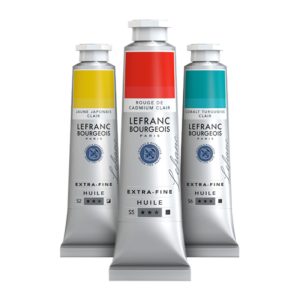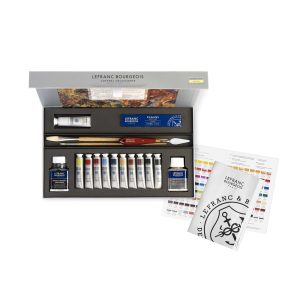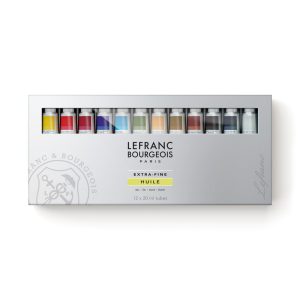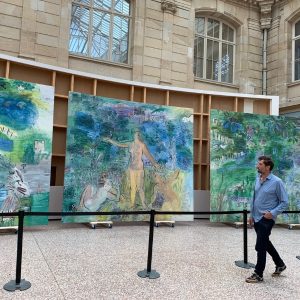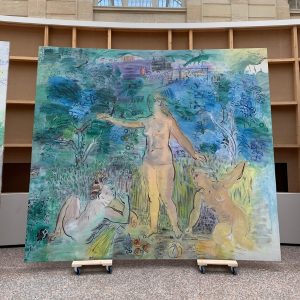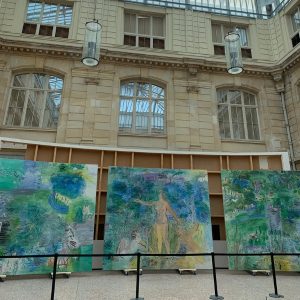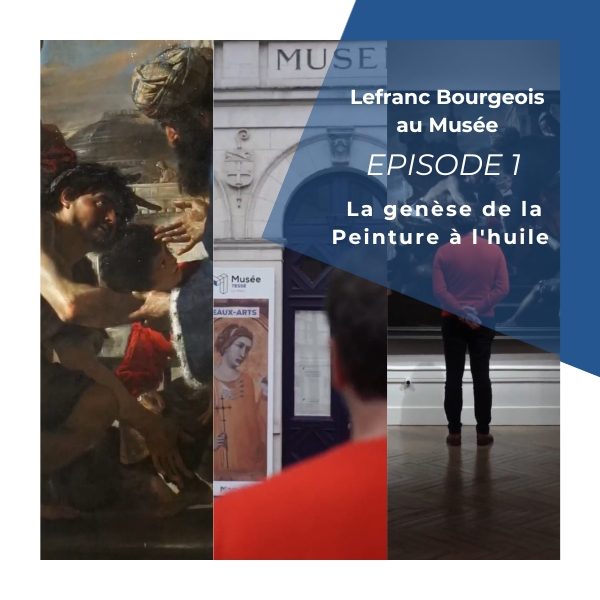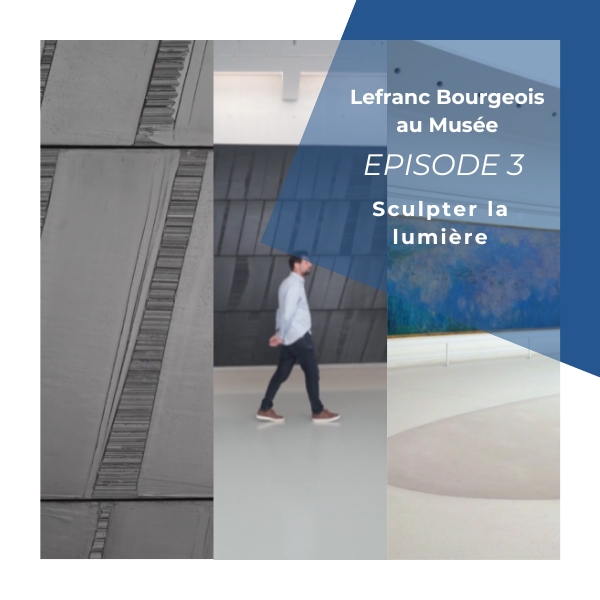Lefranc Bourgeois at the Museum Episode N°2: Signifying light

LEFRANC BOURGEOIS AT THE MUSEUM OF FINE ARTS IN ROUEN
Let's continue our artistic journey beyond the Caravaggios, this time plunging into the world of the masters of light.
After exploring Renaissance still lifes at the Musée de Tessé, let's explore the reasons why artists abandoned their studios to paint on location.
SEE EPISODE N°2
CLAUDE MONET, THE FOUNDING FATHER OF IMPRESSIONISM
In 1873, Impressionism was born thanks to Claude Monet, creator of "Impression, soleil levant", the emblematic work that not only defined the movement but also symbolized freedom of execution and the aesthetics of vagueness.
Monet, constantly in search of novelty, explored different environments. It is his thirst for artistic adventure that qualifies him as an "Impressionist". His art lay in his refusal to remain confined to his studio. Instead, by going out to paint, he immerses himself in the immersive experience of the outdoors.
Do you know what innovation enabled painters to get out of their studios?

TWO MAJOR INNOVATIONS
In 1859, Lefranc revolutionized the world of painting with the development of the screw cap. This major innovation enabled artists to leave their studios, opening up new perspectives.
This innovation played a decisive role in the rise of the Impressionist movement, celebrating landscape painting in the open air. Before the advent of the screw-thread tube, paints were stored in pig bladders, which, once opened, made them non-transportable and non-reusable. This forced artists to remain confined to their studios.
Chevreul was responsible for color theory, the methodical classification of colors using a circle divided into 12 equal sectors, known as the Cercle chromatique. This innovation influenced the work of many painters, including the Impressionists. It enabled a better understanding and association of primary and complementary colors, as well as mixtures of shades.
The composition of the Impressionists' works was based on this theory, with Monet, for example, combining green and red.


THE WORLD'S LARGEST PAINTING
Renowned for his genius and passion for the arts, Lefranc Bourgeois was approached by painter Raoul Dufy, who was planning to create the world's largest painting: La Fée Electricité (10 meters high and 62 meters long) for the 1937 Universal Exhibition.
The problem was to complete this monumental work as quickly as possible. Lefranc Bourgeois therefore created a light, fast-drying paint, so as to be able to work in transparency: the idea was to combine oil paint with an emulsion-type medium, allowing superimpositions in the cool, preserving transparency and mattness, while ensuring that the whole dried thoroughly.
A HIDDEN TREASURE
The Musée des Beaux-Arts in Rouen recently unveiled an impressive treasure trove of previously unknown works by Raoul Dufy. This triptych narrates the course of the Seine, from Paris to the sea, in 1937.
Dufy succeeded in developing a pictorial touch of his own, immediately recognizable as in the Fée Electricité painted the same year, making him an emblematic figure of the twentieth century. This artistic treasure was discovered in a wooden box, adding an extra layer of mystery to this exceptional find.

WOMEN IN ART HISTORY
The Musée des Beaux-Arts de Rouen is a militant museum, offering parity in its paintings.
While Berthe Morisot co-founded the Impressionist movement, other women before her were striving to make their mark on art history. Élisabeth Vigée Le Brun was one of the few female artists to benefit from an artistic education, as her father was a painter. She entered the Royal Academy and became a renowned portraitist.
With a second work by Adèle Romanée, we see that women have always been present in art history. Showing these artists gives a new vision to the national museum collection.
THE GREENS LEFRANC BOURGEOIS
Green, when used on its own, can often appear flat. In most of his works, Monet adds red, its complementary color, to give it much greater depth. The Lefranc Bourgeois extra-fine oil collection features 17 greens.

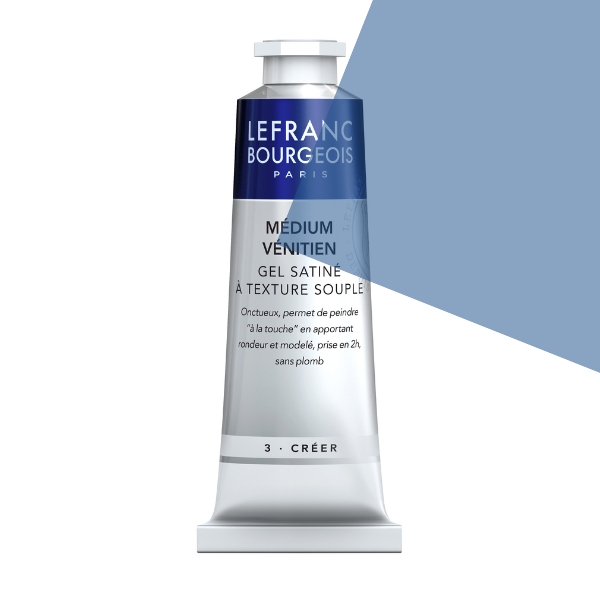
A MEDIUM FOR EVERY STYLE
If the Flemish medium was inseparable from the Renaissance period, the matte painting medium is intimately linked to the Impressionist movement.
Get matte renderings and paint like the Impressionists with this medium. It transforms the finish of your paint without altering the quality of your colors. It allows you to work in layers and create glazes.
CONTINUE THE LEFRANC BOURGEOIS SERIES AT THE MUSEUM
ALL PRODUCTS FOR OIL PAINTING
